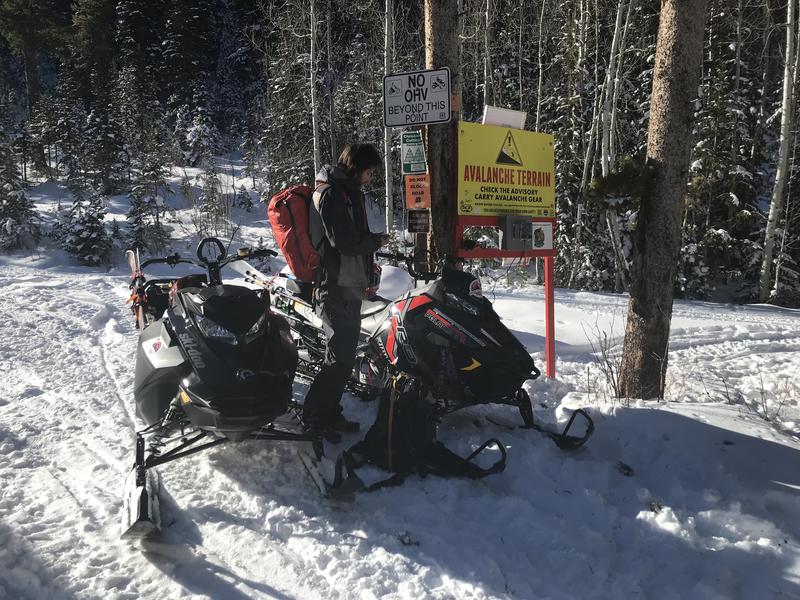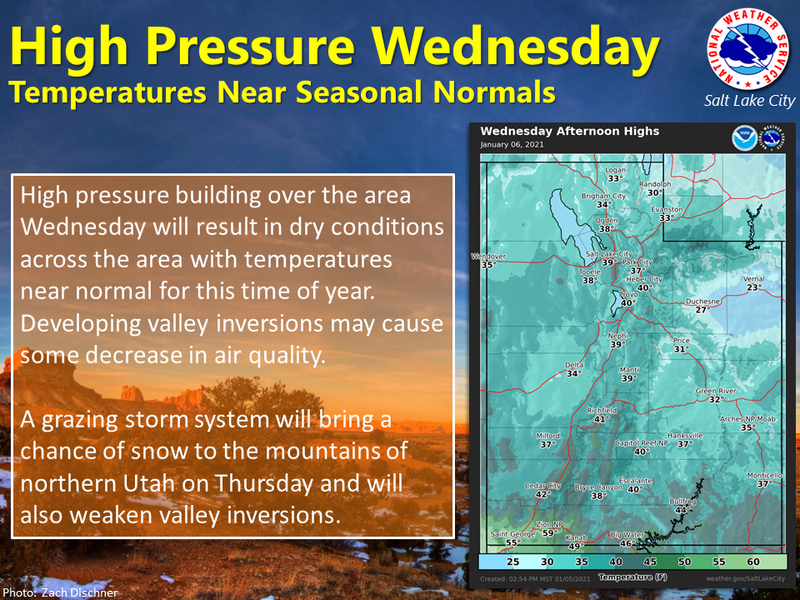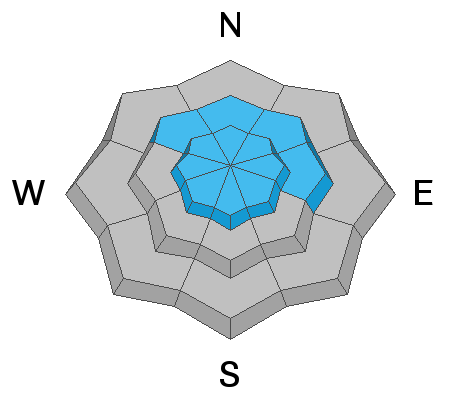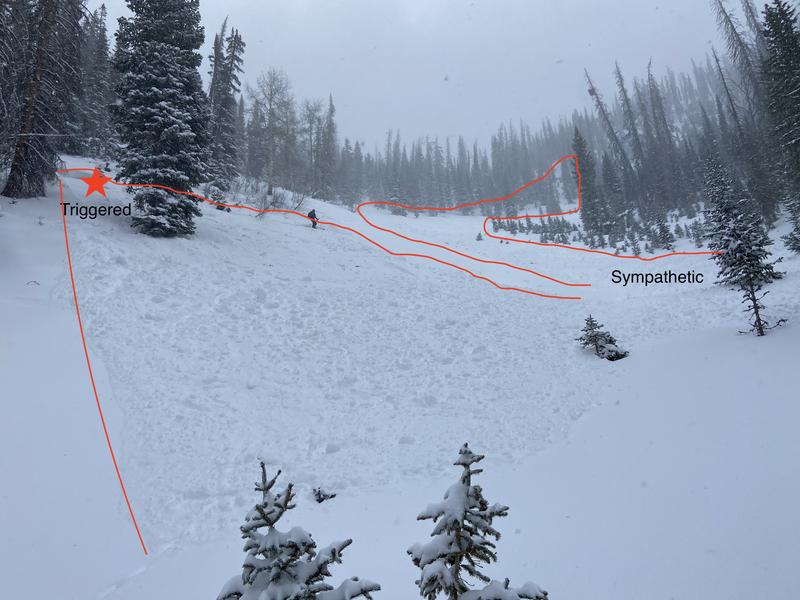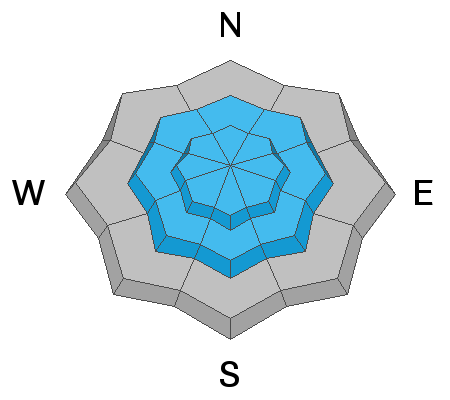Forecast for the Uintas Area Mountains

Issued by Craig Gordon on
Wednesday morning, January 6, 2021
Wednesday morning, January 6, 2021
Tuesday's storm changed the landscape, creating sketchy avalanche conditions in the western Uinta's. For today... once triggered, avalanches will break deeper and wider than you might expect, resulting in a dangerous slide with severe consequences.
In the wind zone, at and above treeline, you'll find CONSIDERABLE avalanche danger. Human triggered avalanches are LIKELY on steep, wind drifted slopes. Steep terrain facing the north half of the compass, and particularly slopes with an easterly component to its aspect are most suspect and should be avoided.
Lower elevation slopes offer MODERATE avalanche danger and human triggered avalanches are POSSIBLE on steep, shady slopes.
Here's your exit strategy-
LOW avalanche danger is found on low elevation slopes, particularly those facing south, but snow cover is super thin.
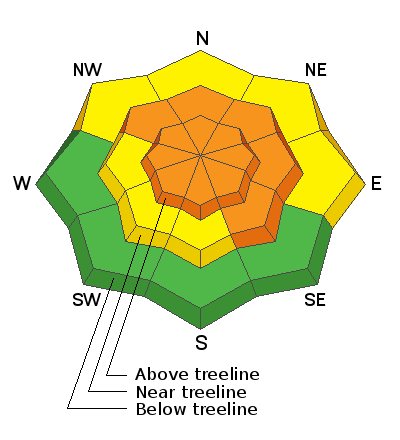
Low
Moderate
Considerable
High
Extreme
Learn how to read the forecast here


